Sealants and their uses
Various sealing pastes are used to insulate different surfaces. These products are used in all kinds of industries, depending on the application required in that industry, such as caulking, caulking, strapping and sealing.
Today, sealing and sealing methods are used to fill joints and gaps between ceramics, doors and windows, etc., with the aim of increasing resistance to water penetration. This is usually important in wet parts of the building such as bathrooms, waterproofing is a big and important challenge, but in other parts of the building such as corridors that do not deal with moisture, it will not be a difficult task.
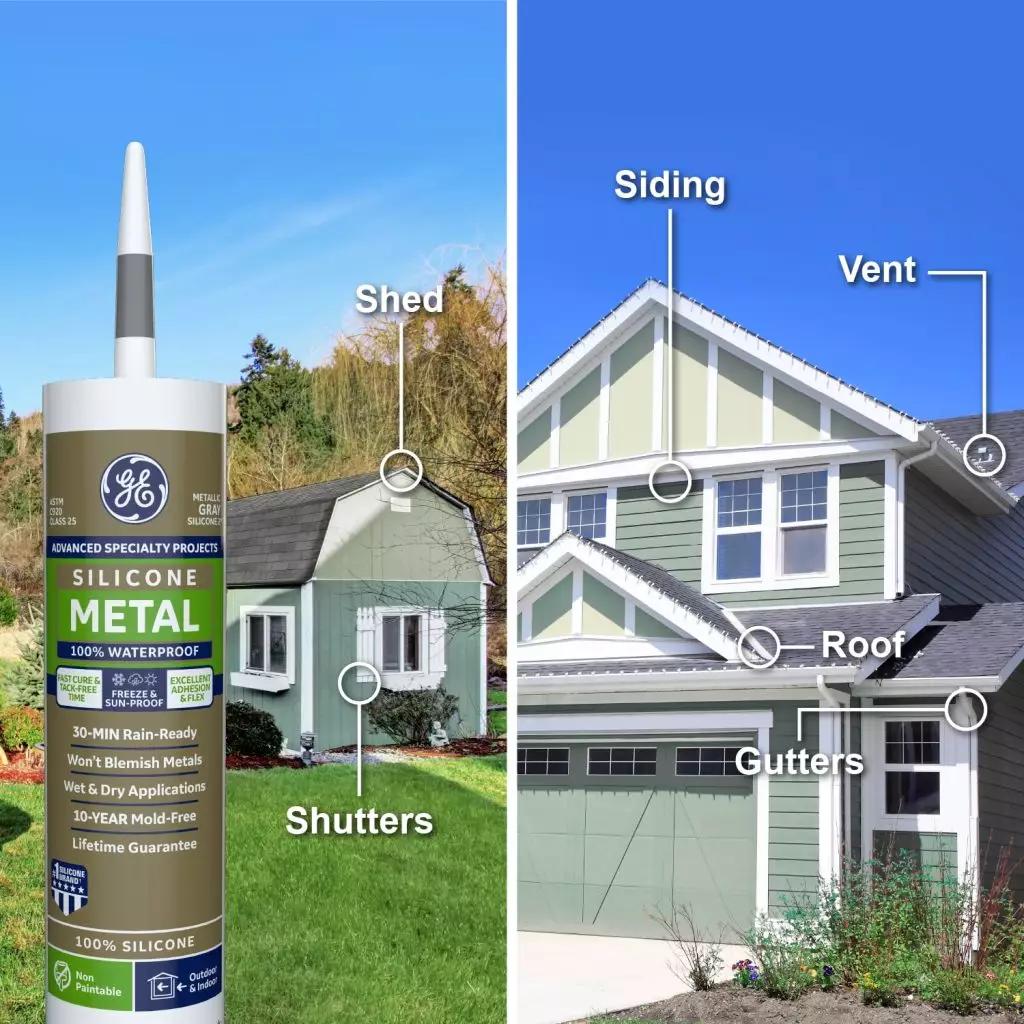
Seals and sealants attach all kinds of parts and materials to the main structure of the building as well as to themselves. These materials fill the empty space between parts and surfaces and prevent the passage of fluids and other materials from the surface to the joints.
Seals and sealants have the following basic duties in the construction industry:
- They fill the empty space between different components.
- Creation of an impenetrable protective barrier, that materials do not pass through.
- Maintaining their sealing properties during the expected lifetime, under the conditions of use and environment specified for them.
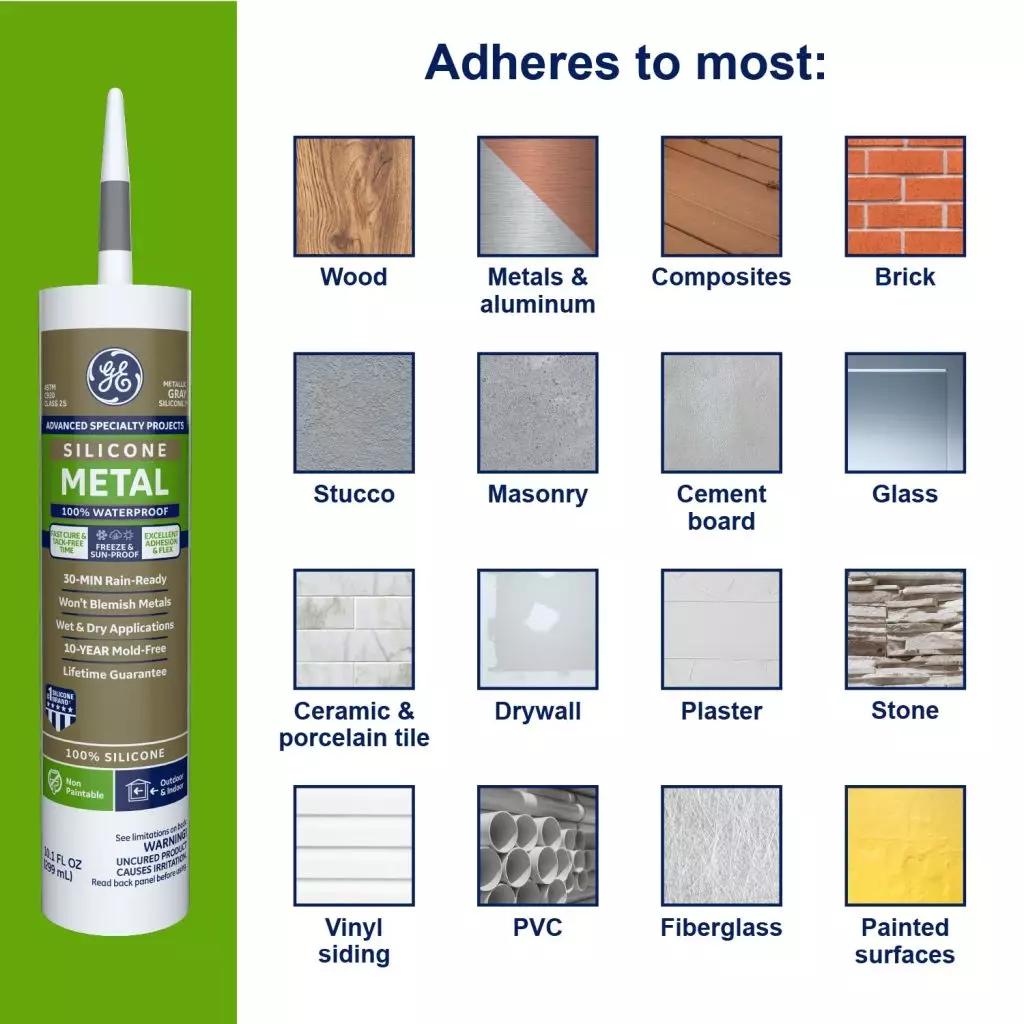
Also, another important requirement for seals and sealants is high flexibility, in order to tolerate movements between different materials. These movements can occur due to the following:
- Expansion and contractions caused by temperature changes
- Dimensional changes caused by changes in the moisture content of materials
- Deformation due to existing load
- wind and pressure
This movement of components is usually caused by the coefficient of thermal expansion of different materials. Therefore, to achieve optimal performance and functions, it is necessary to match the most suitable sealant to the substrate materials to be joined.
Types of construction seals
Seals and sealants are usually classified as follows:
- Based on the chemical structure such as polyurethanes, polysulfides, epoxies, silicones, acrylics –
- Based on elasticity such as putty (which does not tolerate deformation), plastomeric seals and elastomeric seals
- Based on the physical form, such as seals that are packed in cartridges and extruded and removed at the point of use, adhesive tapes, ribbons or extruded shapes, or Hot Melat seals
In this article, we explain the classification based on chemical structure and provide a detailed description of each one.
Polyurethane sealant paste
One of the types of sealant paste is polyurethane paste, which is the most widely used type of this product, which is made as a single component. This type of paste or mastic is based on polyurethane resins and is known as the strongest type of sealant with other additives. It is used for sealing in high traffic places. Polyurethane sealant is very suitable for expansion joints. This sealant is highly resistant to sunlight. They are durable and dry quickly. It also has anti-moss and anti-algae properties.
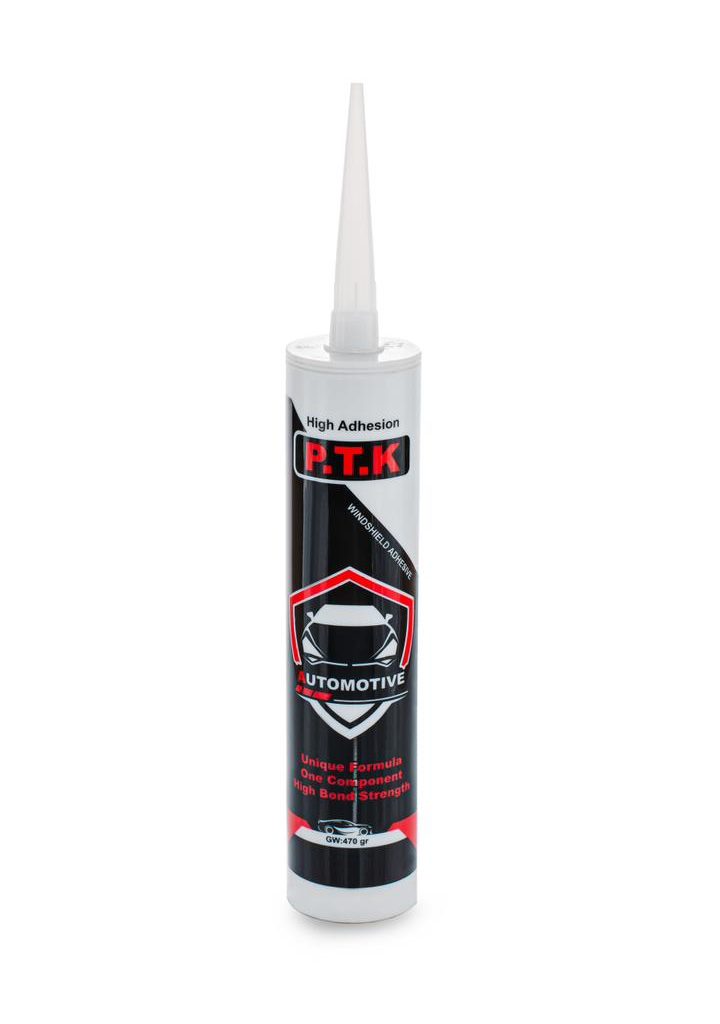
Polysulfide sealant paste
Polysulfide sealant paste is another type of this product that is based on polysulfide resins and is produced in two components. To buy this type of sealant, you should pay attention to the fact that this product is sold in both liquid and paste forms. In fact, its liquid type is used to pour on horizontal surfaces. Paste type is used on vertical surfaces and injected. Polysulfide sealant has very high adhesive properties. For this reason, it is suitable for all types of cement, metal, stone, wooden, etc. surfaces.
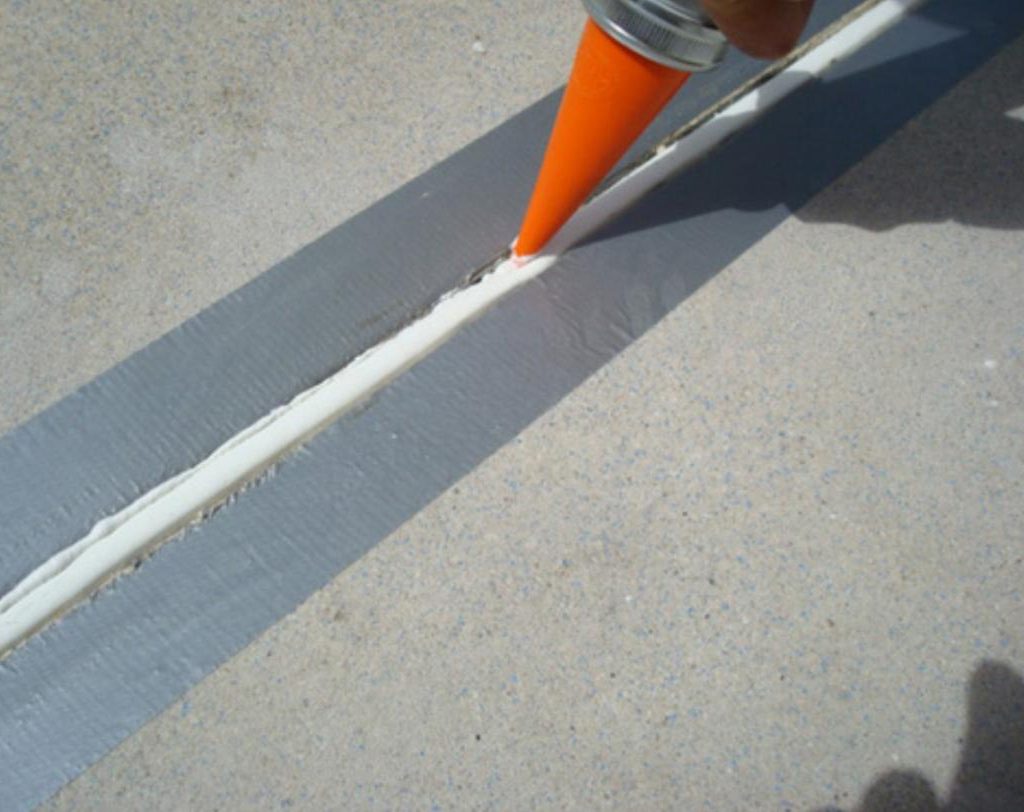
Epoxy sealants
Epoxy sealant pastes based on epoxy resins and with other additives are suitable for expansion joints and due to the combination with polymer resin, they have excellent adhesion. The unique feature of this type of paste is the variety of colors in it, which makes it suitable for work on facades and building seams.
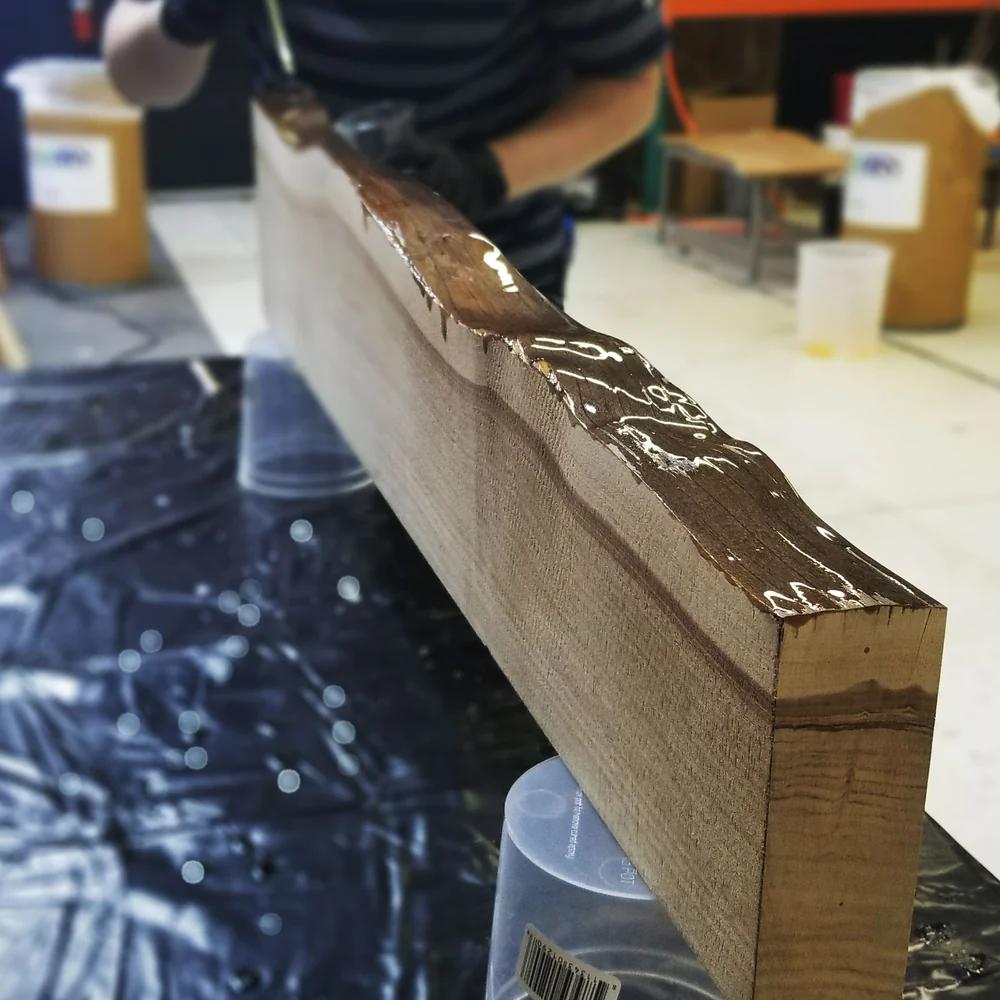
Silicone sealant
Silicone sealant is a paste based on water and acrylic, which has a lower price than other sealants. These types of paste sealants have very high adhesive properties that can be used on all types of metal, glass, aluminum, wooden, PVC, concrete, stone, etc. surfaces. In fact, the main application of this type of sealant paste is for sealing aluminum and UPVC windows.
Super silicone is a 100% silicone adhesive without acrylic compounds, but in some of its models, antibacterial additives and strengthening additives are also added. Silicone differs from other similar products in that it cures when in contact with water, but water-based adhesives cure by drying.
One of the disadvantages of pure silicone is that it cannot be painted, but considering that the use of this product is only for parts of the building that do not need to be painted, this defect can be ignored. The above product is often used for sealing around the kitchen sink and even for attaching the sink to the top of the cabinet.
Previously, pure silicone glue was only available in the market as a white or transparent substance, but today it is also produced in other colors such as black and almond. This material should be cleaned with a solvent such as mineral spirits or denatured alcohol. In the process of applying this glue, an unpleasant smell like the smell of vinegar can be smelled, but within a few days, the smell will disappear completely.
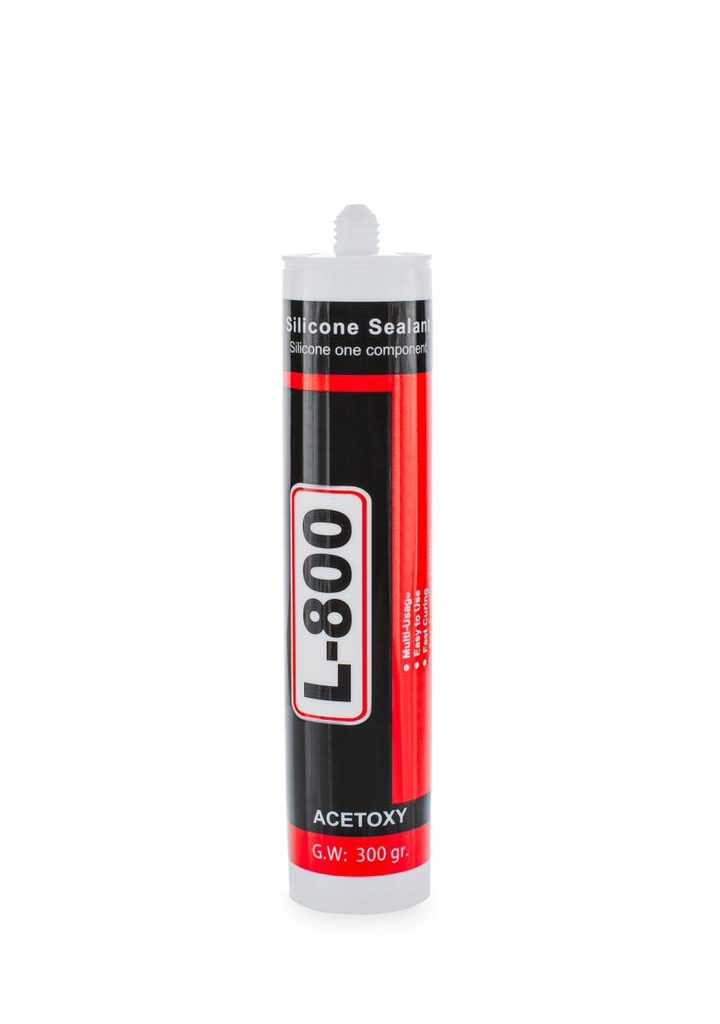
Acrylic sealant
This product can be painted and is introduced as a suitable product for indoor and outdoor environments, but its use in outdoor environments is usually not recommended, because there are better and more durable adhesives for outdoor use.
Generally, this product is used in the interior of the building for the purpose of sealing and sealing window joints, painted wooden works, spaces between tiles and walls and other relatively dry parts, but its use will not be suitable for connecting tiles to tiles, because on the one hand, its durability is not as good as pure silicone, and on the other hand, the space between tiles is considered one of the parts that usually does not need to be painted.
There are two types of acrylic seals:
- water base (emulsion base)
- Solvent base
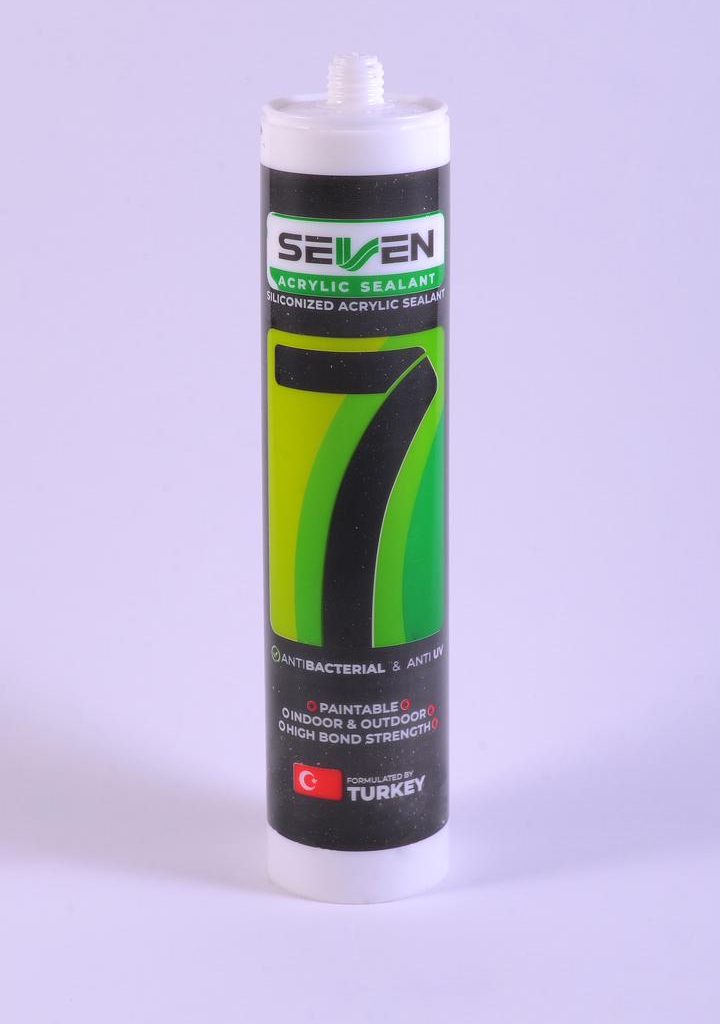
How to use different types of sealing paste
- To use mastics and sealing pastes, it is necessary to ensure that the target surface is completely clean and free of any contamination. Because the presence of pollution can have a negative effect on the quality and adhesiveness of the sealant. Therefore, the work surface should be free of sticky and loose particles.
- Another thing that should be taken into account before applying the sealant is the temperature of the desired location. The temperature of the place of execution should not be too high or too low. Also, the environmental conditions of the place should be normal.
- Sealant pastes are used according to their type. Sometimes they are used by injection and sometimes by rubbing. Therefore, before buying this product, you should be careful about how to use it.
- After using the strapping and sealing paste, the paste should be allowed to dry completely. Of course, the drying time of this material is determined based on the type of paste, the thickness of the paste placed on the seam or gap, and the temperature of the desired environment. It is important to note that the thickness of the sealant paste on the gap should be about 5 mm.
- After performing the sealing and banding operation with the paste, after complete drying, the material additions should be cleaned using a tool such as a spatula or with a napkin. Because after drying, most of the pastes stick to the surfaces and cleaning it is difficult.
Sealants have a wide range of characteristics in terms of resistance, flexibility, appearance durability, solubility, corrosion resistance, etc. Due to the great variety of this type of adhesives, be sure to get technical advice from the experts of PoOya Tejarat Kariz before buying, so that you can buy the best sealant according to the type of surfaces and your specific usage conditions.
